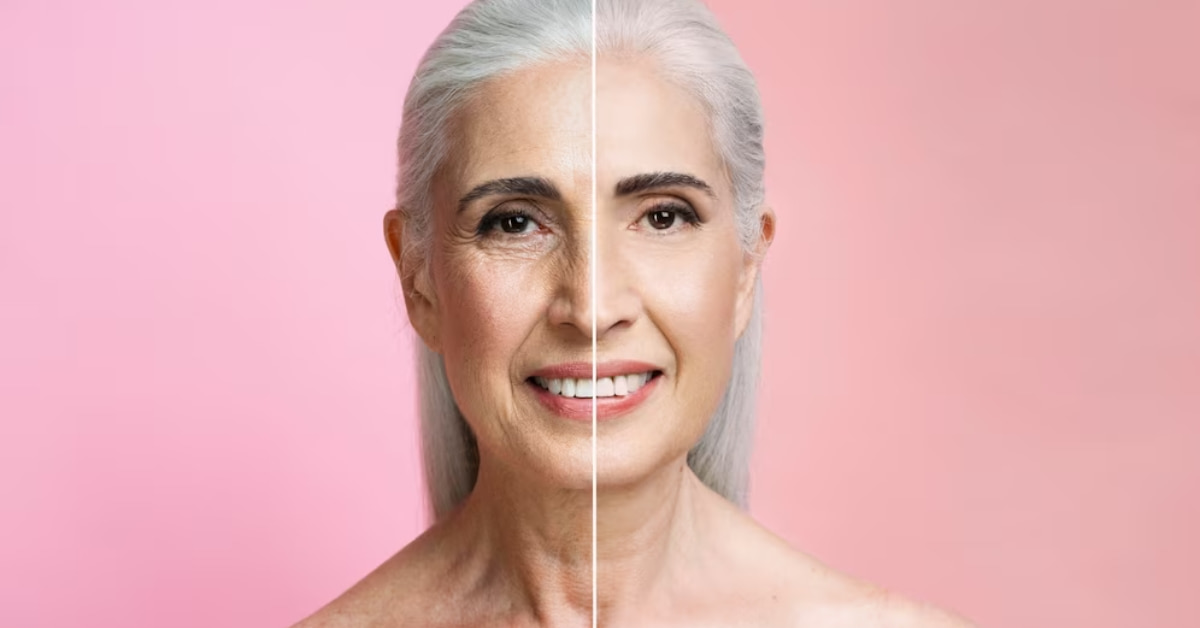In a world where images play a central role in our lives, the concept of facial retouching has gained immense popularity. It’s a powerful tool for enhancing portraits and achieving a polished, flawless look. In this article, we’ll explore what facial retouching is, its techniques, and how it impacts our perception of beauty.
Understanding Facial Retouching
Facial retouching, in its essence, is the art of enhancing facial features in photographs. It involves using digital photo editing tools and techniques to improve the appearance of the face, whether it’s a portrait, headshot, or any photograph that prominently features a person’s face.
Art of Facial Retouching
Facial retouching is a delicate blend of artistry and technical skill. It allows retouchers to correct imperfections, enhance natural beauty, and create a polished, high-quality image. The key is to achieve a balance that doesn’t make the subject look unnatural but instead brings out its best features.
Common Techniques in Facial Retouching
- Skin Smoothing: Softening skin texture and reducing blemishes or imperfections.
- Color Correction: Adjusting skin tones and colors to achieve a more balanced and appealing look.
- Wrinkle Reduction: Minimizing the appearance of fine lines and wrinkles.
- Eye Enhancement: Brightening and sharpening eyes to make them more captivating.
- Teeth Whitening: Enhancing the whiteness of teeth for a vibrant smile.
- Makeup Retouching: Adjusting makeup digitally to improve the overall look.
When and Where Facial Retouching is Applied?
Facial retouching is widely used in various industries and scenarios, including:
- Fashion Photography: To create striking, flawless model shots.
- Portrait Photography: For headshots and family portraits.
- Magazine and Advertising: To achieve idealized beauty standards.
- Social Media: For profile pictures and posts where self-presentation is key.
- Professional Headshots: Often used for job applications and LinkedIn profiles.
Impact of Facial Retouching on Beauty Standards
Facial retouching has played a significant role in shaping modern beauty standards. It can promote unrealistic ideals of beauty, leading to feelings of inadequacy and self-esteem issues among those who strive to achieve these unattainable standards. However, it’s essential to remember that beauty comes in diverse forms, and natural imperfections are part of what makes each person unique and beautiful.
Considerations in Facial Retouching
The ethical dimension of facial retouching is a subject of debate. It’s crucial for retouchers and clients to consider the ethical implications of altering an individual’s appearance, especially when it comes to perpetuating unrealistic beauty standards. Many photographers and retouchers are embracing a more natural approach to retouching, celebrating the authenticity of their subjects.
Conclusion
Facial retouching is a powerful tool for enhancing portraits and photographs, but it’s not without its complexities. Understanding the art of facial retouching, its techniques, and the impact it has on beauty standards is essential for both photographers and subjects. While it can create striking, flawless images, it’s equally important to consider the ethical implications and the importance of embracing natural beauty in an age where authenticity is celebrated.
Frequently Asked Questions
Is facial retouching only used to make people look more attractive?
While enhancing attractiveness is a common goal, facial retouching can also be used to correct imperfections, emphasize character, and improve image quality.
Is it possible to retouch a photo without making the subject look fake?
Skilled retouchers can enhance a photo without making it look artificial. The key is subtlety and balance.
Are there any ethical guidelines for facial retouching in the photography industry?
Ethical guidelines vary, but many photographers and retouchers prioritize authenticity and transparency in their work.
How has facial retouching influenced beauty standards in society?
Facial retouching has contributed to the promotion of unrealistic beauty standards, often leading to body image and self-esteem issues. However, there’s a growing movement to embrace natural beauty.
Can I request minimal retouching for my photos to maintain a natural look?
Absolutely. Many photographers and retouching professionals offer minimal or “no retouching” options for clients who prefer to maintain their natural appearance in photos.
This page was last edited on 19 February 2024, at 1:03 pm
